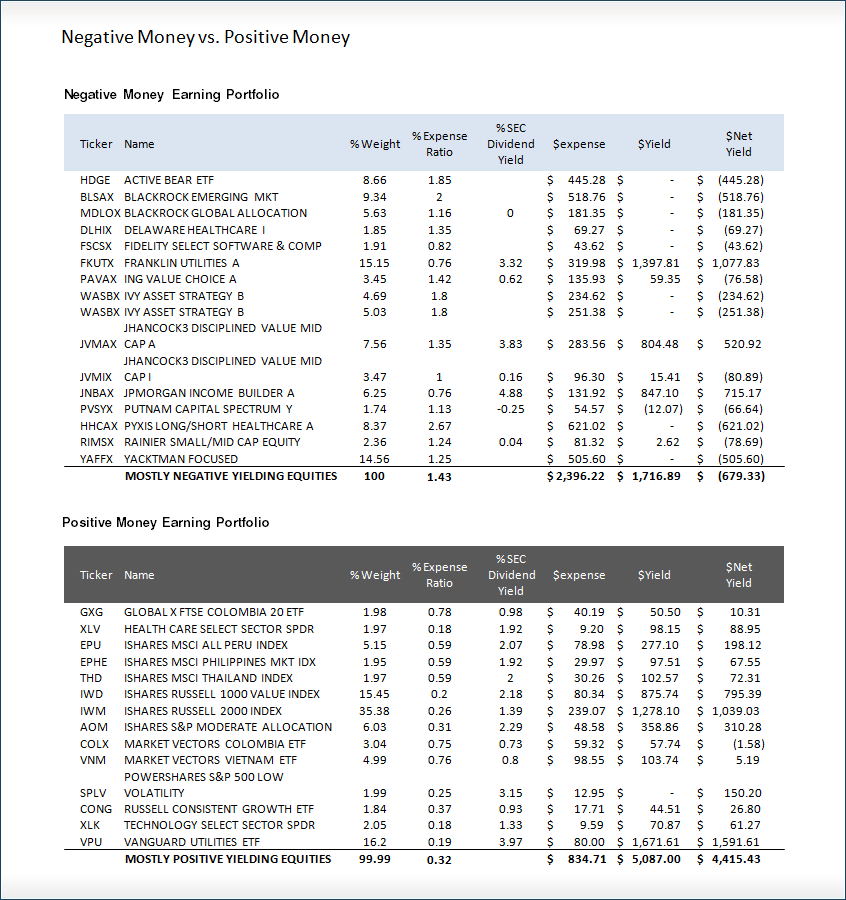Mutual Funds The Worst DividendPaying Investment I Know Investment U
Post on: 21 Август, 2015 No Comment

by Marc Lichtenfeld. Chief Income Strategist, The Oxford Club Wednesday, March 11, 2015. Issue #2496 Income
Editorial Note: Today’s the day! We kicked off the 17th Annual Investment U Conference early this morning with a presentation by The Oxford Club’s Chief Investment Strategist, Alexander Green. Our goal over the next several days? To determine if America is truly on the verge of a new Golden Age for investors. We’ll include a brief wrap-up of today’s proceedings in tomorrow’s issue. But in the meantime, you can follow along with what’s happening on Investment U’s Twitter feed here .
As I’m sure you know by now, I am a strong believer in investing in dividend-paying companies. Particularly those that I call Perpetual Dividend Raisers — companies that raise their dividend every year.
These stocks are the centerpiece of my 10-11-12 System, which is designed to generate 11% yields and 12% average annual total returns over the long term.
Lots of investors like the idea of receiving a dividend increase every year, but some are hesitant to pick the stocks themselves. I’m often asked if I could recommend any mutual funds that invest in Perpetual Dividend Raisers.
The answer is a resounding NO. For several reasons.
Have you ever heard of the Dividend Plus Income Fund (Nasdaq: DIVPX)? You might be surprised to learn that it currently has a yield of zero. That’s right. Zero. The fund that bills itself as the “Dividend Plus Income Fund” did not pay out a dividend in 2014 or 2013. In 2011 and 2012, it paid shareholders a penny per share and a half penny per share respectively. And it charges 1.24% per year in expenses.
JPMorgan Equity Income A (Nasdaq: OIEIX) pays a 1.72% yield and comes with a 1.04% expense ratio. Oh, and it will cost you a 5.25% load to get in, which eats up three years’ worth of yield. Where do I sign up?!
Even Vanguard Equity Income (Nasdaq: VEIPX), which sports an ultra-low expense ratio of 0.29%, pays only a 2.59% yield. And while 2.59% isn’t horrible in today’s low-yield environment, it still won’t get you to where you want to go.
Tiny $6 Stock Poised to Surge After CDC Sole Contract
The CDC just announced its plans to give a rare sole source contract to one tiny $6 biotech. This contract practically guarantees a monopoly for this company. The result? A potential 4,180% run-up in earnings. But youll need to move fast. Go Here Now .
That’s why I always suggest skipping the mutual funds and ETFs and buying a portfolio of 10 or more Perpetual Dividend Raisers. This way, you can ensure that you’re getting at least a 4% yield on the whole portfolio and, importantly, that the yield will go higher every year.
Investing this way, here’s how you can specifically combat all of the problems mentioned above.
Investing in a portfolio of Perpetual Dividend Raisers will generate a solid yield for you today and a better one tomorrow. Mutual funds — even those that claim to specialize in dividend payers — will not. Stay away from them.
Good investing,
Marc
P.S. If you want to learn more about my strategy and Get Rich With Dividends . you can get it for 30% off today. But act quickly. My publisher just told me they have to do another print run because inventories were running low at Amazon and other bookstores. Order your copy today .
Have thoughts on this article? Have a question for Marc. Leave a comment below.














